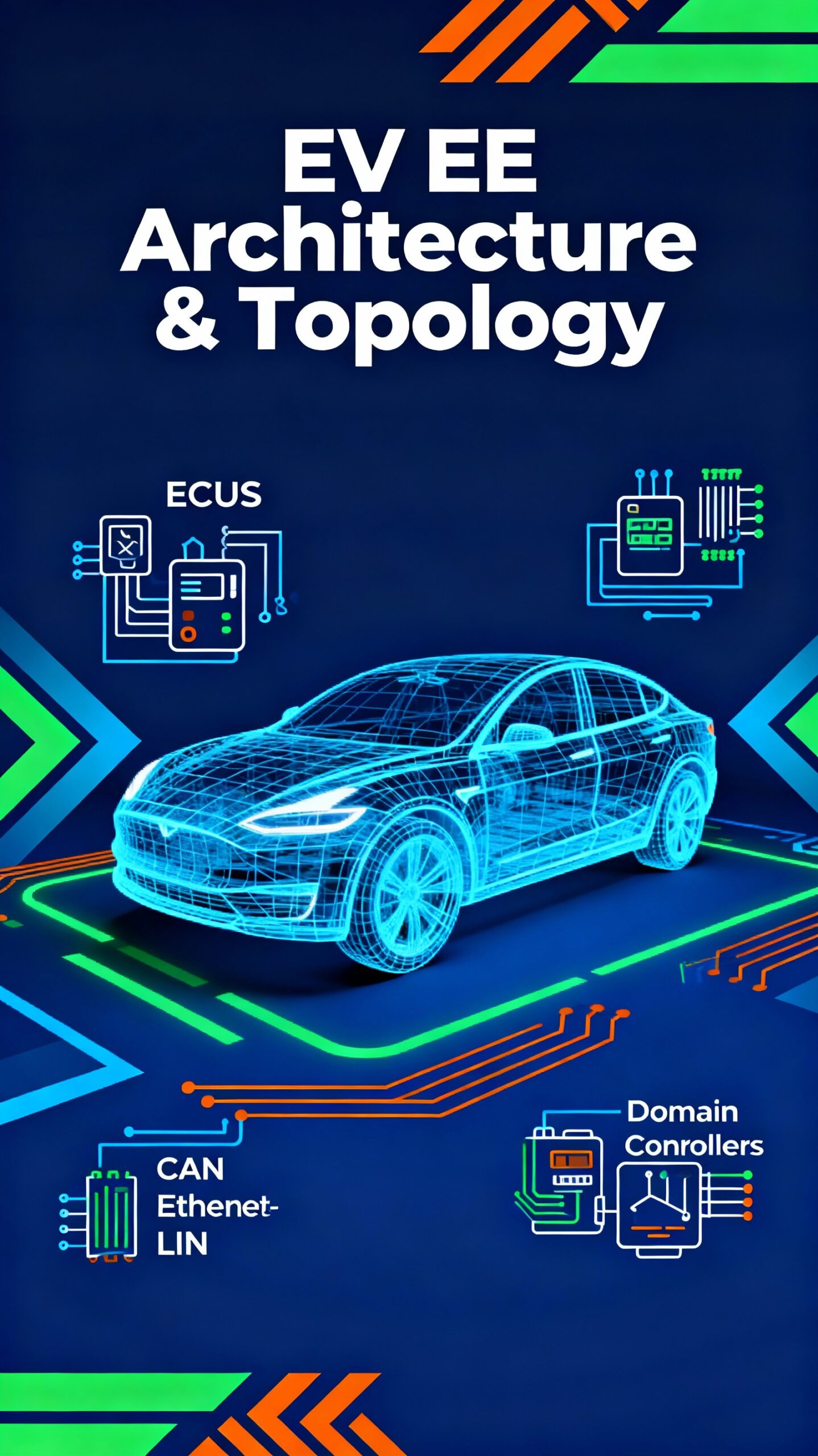Pollution Created by Lithium-Ion Batteries
Lithium-ion batteries, widely used in electric vehicles, smartphones, and renewable energy storage, contribute to pollution in several ways:
- Mining and Extraction:
- Mining of lithium, cobalt, nickel, and manganese is resource-intensive and environmentally damaging.
- It causes habitat destruction, soil degradation, and significant water usage. For instance, extracting 1 ton of lithium requires approximately 500,000 gallons of water.
- Processing and Refining:
- Refining metals like cobalt and nickel produces hazardous byproducts, including sulfur dioxide and acidic wastewater.
- Manufacturing Emissions:
- Producing lithium-ion batteries emits significant greenhouse gases (GHGs).
- According to some estimates, manufacturing a single EV battery can emit up to 17.5 tons of CO₂, largely due to the energy-intensive production process.
- Transportation and Supply Chain:
- Transporting raw materials and finished batteries involves significant fossil fuel consumption, increasing the carbon footprint.
- End-of-Life and Disposal:
- Improper disposal of batteries can lead to toxic chemical leaching, contaminating soil and water.
- Batteries can release hazardous substances such as cobalt, nickel, and lithium, which are harmful to both ecosystems and human health.
- Recycling Challenges:
- Recycling lithium-ion batteries is complex, expensive, and energy-intensive.
- Currently, only about 5% of lithium-ion batteries are recycled effectively, with the remainder often ending up in landfills.
Comparing CO₂ Emissions: Conventional Vehicles vs. Electric Vehicles (EVs)
- Production Phase Aspect Conventional Vehicle (CV) Electric Vehicle (EV) Raw Materials Steel, aluminum, plastic, glass Steel, aluminum, plastic, glass, lithium, cobalt, nickel Battery Production None Very high CO₂ footprint due to mining and refining of lithium, cobalt, and nickel Manufacturing Emits ~7-10 tons of CO₂ Emits ~15-20 tons of CO₂ (primarily due to battery production) Total CO₂ Emissions (Production) ~7-10 tons of CO₂ ~15-20 tons of CO₂
EVs have higher production emissions mainly due to battery manufacturing, which accounts for 30-50% of total production emissions.
- Operational Phase (Use Phase) Aspect Conventional Vehicle (CV) Electric Vehicle (EV) Fuel Source Gasoline/Diesel (fossil fuels) Electricity (varies by grid mix) Emissions (per mile) 0.25 kg CO₂/mile (gasoline) 0.1 – 0.2 kg CO₂/mile (varies by grid) Average Lifetime Emissions 57 tons of CO₂ over 150,000 miles 27-30 tons of CO₂ over 150,000 miles (based on a renewable-heavy grid)
The operational emissions of EVs depend on the electricity mix. EVs charged with coal-heavy grids can emit more CO₂ than EVs charged with renewable or nuclear-powered grids.
- End-of-Life and Recycling Aspect Conventional Vehicle (CV) Electric Vehicle (EV) Recycling Metals and parts recycled; some CO₂ emissions Battery recycling is energy-intensive and currently not widespread Disposal Fluids and metals can cause pollution Battery chemicals (e.g., cobalt, lithium) can leach into the environment
EV battery recycling can recover up to 95% of materials, but current recycling rates are much lower.
- Full Lifecycle Emissions Phase Conventional Vehicle (CV) Electric Vehicle (EV) Production ~7-10 tons of CO₂ ~15-20 tons of CO₂ Operational (150,000 miles) ~57 tons of CO₂ ~27-30 tons of CO₂ End-of-Life ~1-2 tons of CO₂ ~2-4 tons of CO₂ Total Lifecycle Emissions 65-69 tons of CO₂ 44-54 tons of CO₂
Conclusion: Despite higher production emissions, EVs generally emit 30-40% less CO₂ over their lifetime compared to conventional vehicles.
The carbon footprint of EVs improves significantly as grids transition to renewable energy. However, the environmental impact of battery production and disposal remains a critical concern.




